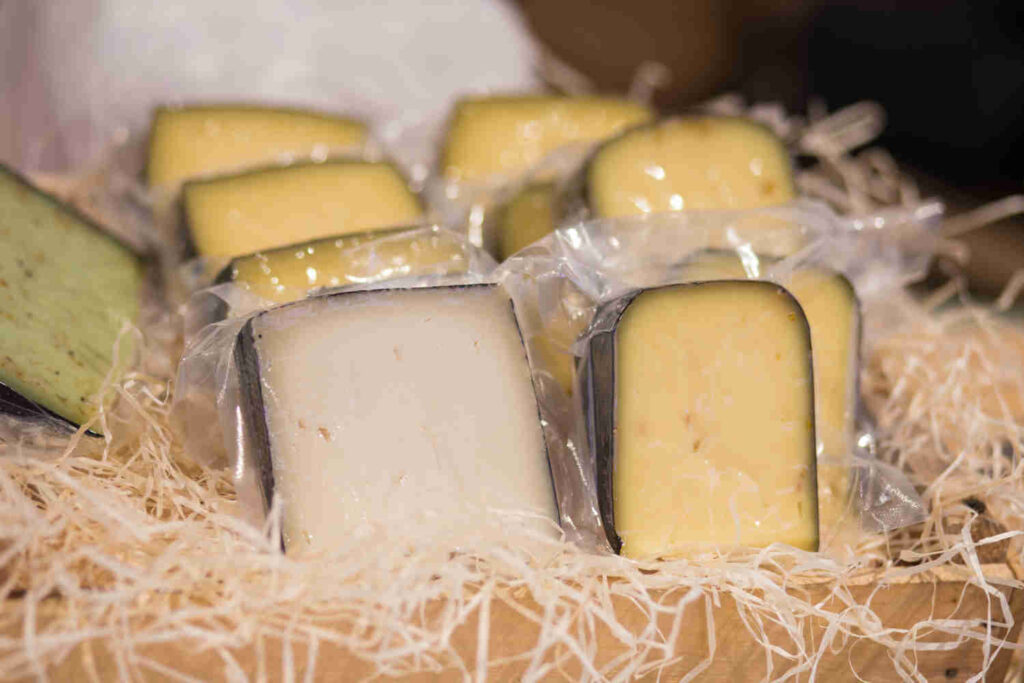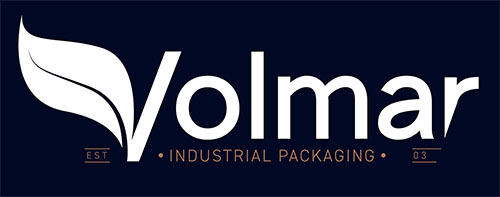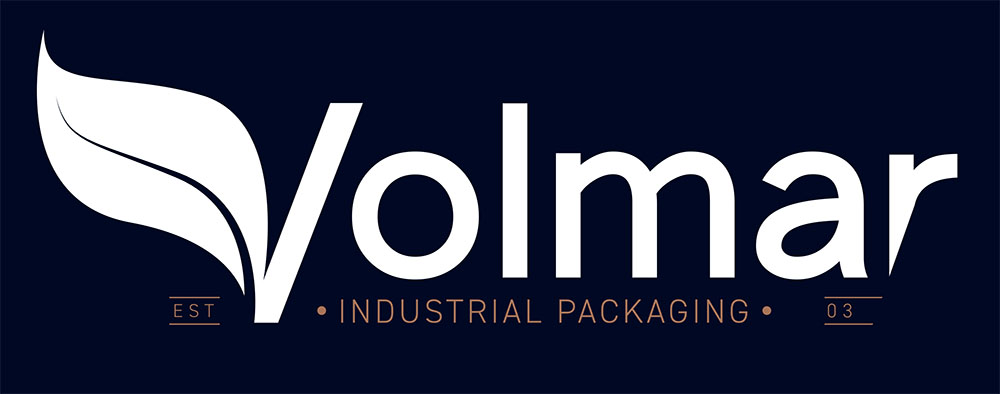
Vacuum-sealed packaging is a packaging method that offers lots of benefits and is a technique used for packaging various food products like cheese. However, it’s important to know how to store vacuum-sealed cheese packaged in innovative food packaging.
How to store vacuum-sealed cheese
Vacuum-sealed cheese can be stored for many weeks thanks to the packaging technique that can prolong the shelf life of the product. It gives companies an important competitive advantage as they can extend the shelf life of the cheese and simultaneously preserve its quality and protect it from going bad and from contamination.
Packaging methods
Before we find out how to store cheese in vacuum-sealed packaging outside and inside the refrigerator, let’s look at the different packaging methods. The vacuum is achieved by removing air from the packaging to prevent oxidation and counteract the deterioration of the cheese, removing oxygen from the packaging because it is the main cause of product decay and bacteria proliferation.
In some cases, specific gases can be inserted instead of air, usually a mix of gases like carbon dioxide and nitrogen in the perfect balance. This is called modified atmosphere or protective atmosphere packaging, where an atmosphere is created inside the packaging that has no oxidizing substances that speed up product deterioration.
Materials and advantages
Various materials and structures can be used for vacuum-sealed packaging. Some of the best options include vacuum bags, which are ideal for modified atmosphere packaging (MAP) and vacuum-sealed packaging for dairy products, made from COEX or laminates of different polymers. They are available in various configurations, such as Doypacks, folding boxes or three side seal bags, which can all be customized to enhance the product’s presentation.
Another solution is laminated paper, which is also thermoformed and has a high barrier, polypropylene (PP), also available with a high barrier, and rigid films suitable for the MAP process. Finally, you can also choose eco-friendly packaging for vacuum-sealed cheese, which is ideal for companies that want to reduce their environmental footprint and offer recyclable packaging.
Some of the main advantages of vacuum-sealed cheese packaging are:
- It preserves the product for longer;
- It increases the shelf life compared to other techniques;
- It is quick and easy to apply the packaging;
- It provides an effective barrier against light, humidity and dust;
- It offers excellent resistance to protect the product;
- It keeps the cheese’s quality and organoleptic properties intact;
- It can be printed in high definition and customized.
Vacuum-sealed cheese: how long does it last inside and outside the refrigerator?
Vacuum-sealed cheese has a long shelf life so it is a very popular packaging technique in the food industry. However, to provide consumers with clear and transparent information, it’s important that they know how to store cheese inside and outside of the refrigerator, giving them all the instructions they need to preserve the product optimally.
For example, cheese in vacuum-sealed packaging not stored in the refrigerator will only last a maximum of a few days. In fact, there is only one specific case where cheese can be stored without refrigeration, which is the whole cheese. Products like Parmesan, for example, can be stored for up to 100 months, provided it’s kept at a constant temperature of around 18°C with an adequate level of moisture.
Vacuum-sealed cheese is usually stored in the refrigerator at a temperature of between 4 and 8°C, where it will last from a couple of weeks to a few months on average, based on how much it has matured. To be specific, vacuum-sealed mature cheeses can be stored in the refrigerator for up to 4 to 6 months, semi-mature cheeses for around 1 to 2 months and fresh cheeses from 3 to 4 days to 1 to 2 weeks.
Obviously, this applies to unopened vacuum-sealed cheeses that are still in the packaging that hasn’t been damaged, whereas after they have been opened, they will only last from a few days to a few weeks. In any case, this information must always be specified based on the characteristics of the individual cheese and should be indicated on the packaging to ensure that consumers are notified correctly.
Volmar offers innovative and reliable packaging solutions for vacuum-sealed cheese packaging and other packaging methods. We have a wide range of products for vacuum-sealed packaging and other types, including eco-friendly packaging with a lower environmental impact.

